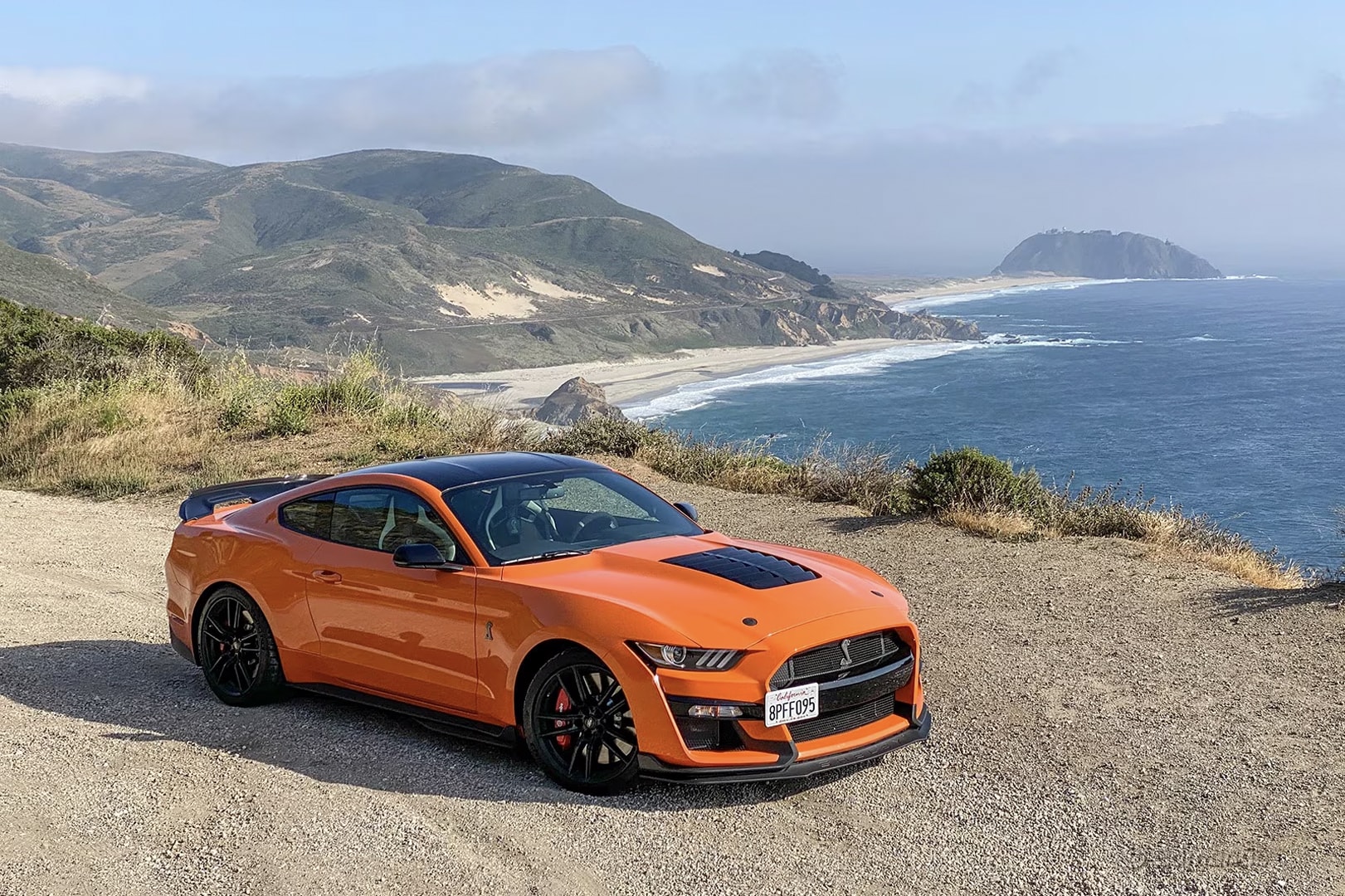The automotive market is an ever-evolving landscape, shaped by shifting consumer tastes, technological advancements, and broader economic trends. For car buyers and sellers alike, understanding which vehicles retain or gain value and which ones rapidly depreciate is critical, not just for making smart financial decisions but also for appreciating the cultural and practical forces at play.
In recent years, a fascinating dichotomy has emerged: while some used cars see their prices steadily climb, becoming coveted collector’s items or practical investments, others experience sharp declines, leaving owners and dealers grappling with steep losses. This divide is influenced by a range of factors, including brand reputation, production volume, technological relevance, and shifting consumer priorities.
In the landscape of rising used car values, certain models stand out due to their iconic status, engineering excellence, and cultural significance. These vehicles often transcend their role as mere transportation and become symbols of automotive history or lifestyle aspirations.
Take, for example, the Toyota Supra A80, a car that has transcended its original role as a high-performance sports coupe to become a legend among enthusiasts worldwide. Its robust engine, tunability, and starring role in pop culture have helped sustain and elevate its value.
Similarly, the classic air-cooled Porsche 911 models have established themselves as timeless icons, blending exquisite engineering with enduring style, causing their prices to soar in collector markets.
Modern muscle cars like the Ford Mustang Shelby GT350 also illustrate how recent performance-focused vehicles can gain value rapidly, especially when they combine rarity with a strong enthusiast following and performance pedigree. On the other end of the spectrum, vehicles such as the Jeep Wrangler JL continue to command high prices due to their unmatched off-road capability and lifestyle appeal.
Even electric vehicles, once thought to depreciate rapidly due to battery wear and technological obsolescence, have begun to challenge that assumption, with models like the Tesla Model 3 maintaining or even increasing in value thanks to over-the-air updates and a robust charging infrastructure.
Conversely, the used car market is littered with examples of models whose prices are crashing, often due to shifting consumer preferences or inherent drawbacks. Sedans like the Nissan Sentra and Ford Fusion, once popular choices for their affordability and practicality, now suffer as buyers increasingly favor SUVs and crossovers that promise higher seating positions and greater versatility.
The Chevrolet Cruze and Honda Fit, despite their practical benefits, have similarly struggled to maintain value amid changing market dynamics and discontinuations. Even luxury vehicles such as older BMW 7 Series models, burdened by high maintenance costs and rapid obsolescence in the face of rising luxury SUVs, face steep depreciation.
Understanding why certain cars appreciate while others decline requires digging beneath surface-level assumptions. Factors such as production volumes, cultural cachet, reliability, performance capabilities, and future-proofing through technology all play crucial roles. Moreover, macroeconomic factors—like fuel prices, environmental regulations, and shifts in urban mobility—affect demand and resale values in complex ways.
This article aims to dissect these trends, exploring five cars whose used pricing continues to rise against five others whose value is eroding rapidly. In doing so, it offers insights not only into the mechanics of car valuation but also into the evolving tastes and priorities of drivers worldwide.
Whether you’re a collector, a daily commuter, or an investor in automotive assets, understanding these dynamics equips you to make smarter, more informed decisions in an increasingly complex automotive market. As we unpack these stories of rising stars and fading favorites, the bigger picture of how the automotive world is transforming becomes clearer, revealing much about technology, culture, and consumer psychology along the way.
Also Read: 13 Engines That Made Japanese Cars Unstoppable and Changed Performance Culture Forever
5 Cars With Used Pricing That’s Still Rising
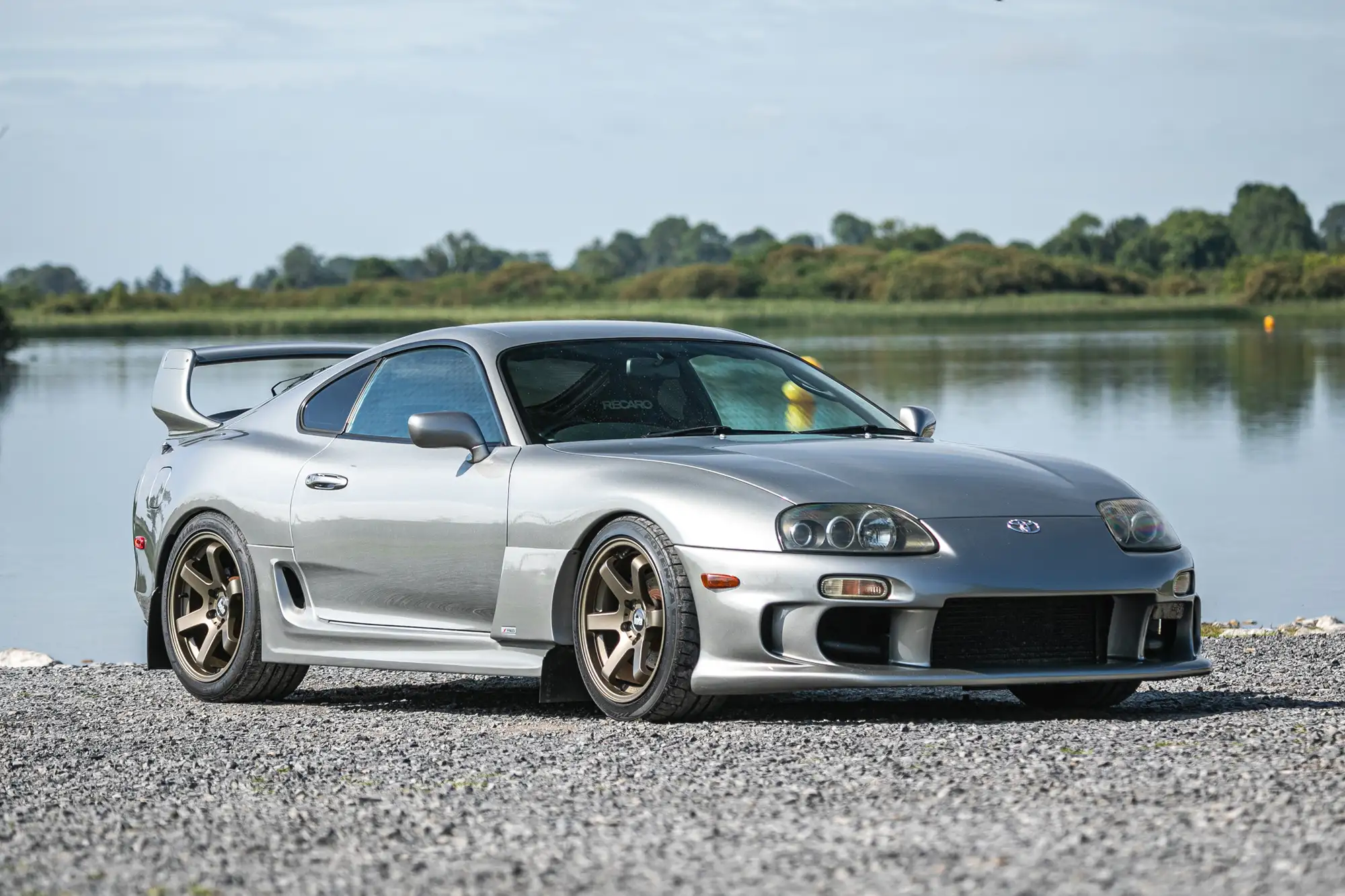
1. Toyota Supra (A80: 1993-2002)
The Toyota Supra Mark IV, commonly known as the A80, stands as a towering icon in the realm of Japanese sports cars. Its used car pricing has shown a consistent upward trajectory for several reasons, chief among them being its legendary 2JZ-GTE engine. This inline-six twin-turbocharged power plant is renowned for its durability and immense tuning potential.
Enthusiasts frequently regard the 2JZ as one of the best engines ever made, capable of reliably handling power outputs far beyond its factory specification. This reputation has fueled a sustained demand from both collectors and tuners who see the Supra not just as a car, but as a platform for high-performance builds. The engine’s ability to withstand modifications without significant reliability loss has created a cult following that actively drives prices up.
Culturally, the Supra’s significance cannot be overstated. It gained global fame through appearances in movies like The Fast and the Furious, where it was portrayed as the quintessential street racer’s dream machine. This cultural cachet has extended far beyond its original market niche, attracting new buyers drawn by nostalgia, pop culture, and a desire to own a tangible piece of automotive history.
The Supra has become more than a car; it’s a symbol of the 1990s Japanese tuning era, a time often romanticized by enthusiasts worldwide. This narrative contributes heavily to its soaring prices.
Another factor contributing to the Supra’s rising used prices is scarcity. Over two decades since production ended, well-preserved and unmodified examples are becoming increasingly rare. Many original Supras have been heavily modified, crashed, or scrapped, meaning pristine or low-mileage versions command premium prices. The combination of rarity, cultural significance, and a highly capable engine means the market for these cars remains fiercely competitive, pushing values steadily higher.
Finally, the Supra’s design has aged gracefully. Unlike some sports cars from the 1990s that look dated, the A80’s sleek, aerodynamic silhouette and iconic round tail lights still turn heads today. It’s a car that balances timeless aesthetics with performance, making it desirable both for collectors and drivers who appreciate a blend of form and function. This enduring appeal cements its status as a rising star in the used car market, with prices showing no signs of plateauing.
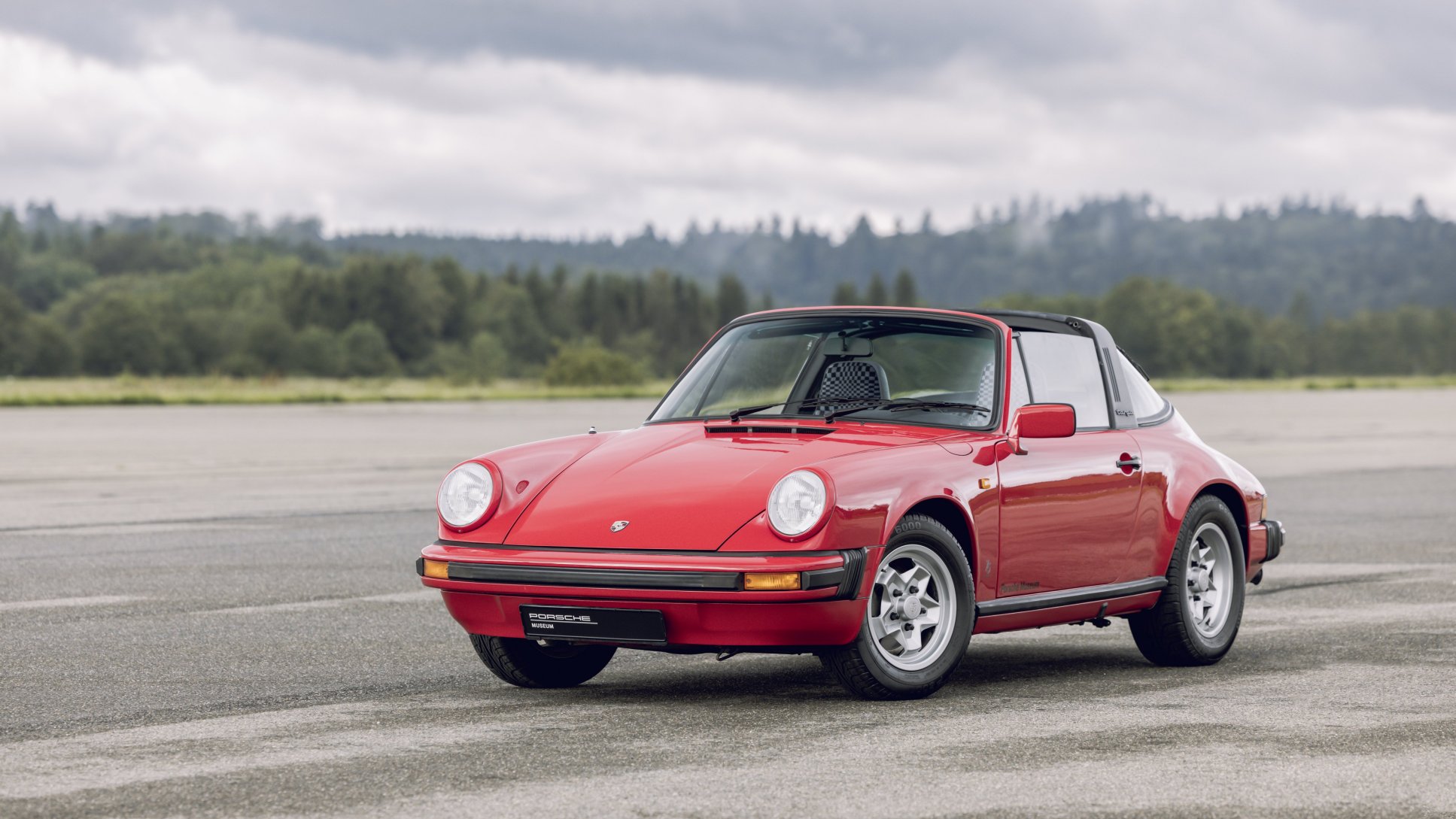
2. Porsche 911 (Classic Air-Cooled Models)
The Porsche 911’s air-cooled models, especially from the 1980s and 1990s, have seen their values skyrocket due to a combination of rarity, engineering pedigree, and sheer driving pleasure. Unlike many cars that depreciate rapidly, these 911s have carved out a niche as highly collectible, blending everyday usability with timeless sports car performance.
The air-cooled engine itself is an engineering marvel, producing a unique, throaty sound that is instantly recognizable and cherished by enthusiasts. It’s a mechanical character that’s impossible to replicate in the newer water-cooled models, making these cars particularly desirable.
Moreover, the air-cooled 911s represent a purist era before Porsche embraced modernity with more complex electronic aids and turbocharging across the lineup. Models like the 964 and 993 are praised for their raw and engaging driving experience.
They offer a direct connection between car and driver, with handling characteristics that reward skill and precision. This intrinsic driver engagement adds an emotional value that has translated directly into rising prices.
Scarcity plays a significant role here as well. The air-cooled era ended in 1998, making these cars finite in supply. Over time, many examples have been lost to accidents, neglect, or modification. Clean, well-maintained specimens with documented history are increasingly difficult to find.
Their classic status means collectors often treat them as investments, purchasing with an eye toward future appreciation rather than just personal enjoyment. Additionally, the 911’s iconic design is a testament to Porsche’s consistency, evolving with subtle refinements over decades rather than radical changes.
This design continuity means that air-cooled 911s look timeless rather than dated, enhancing their desirability. For buyers looking to enter the world of classic sports cars, these models represent a strong blend of prestige, performance, and investment potential, all of which continue to drive prices upward.
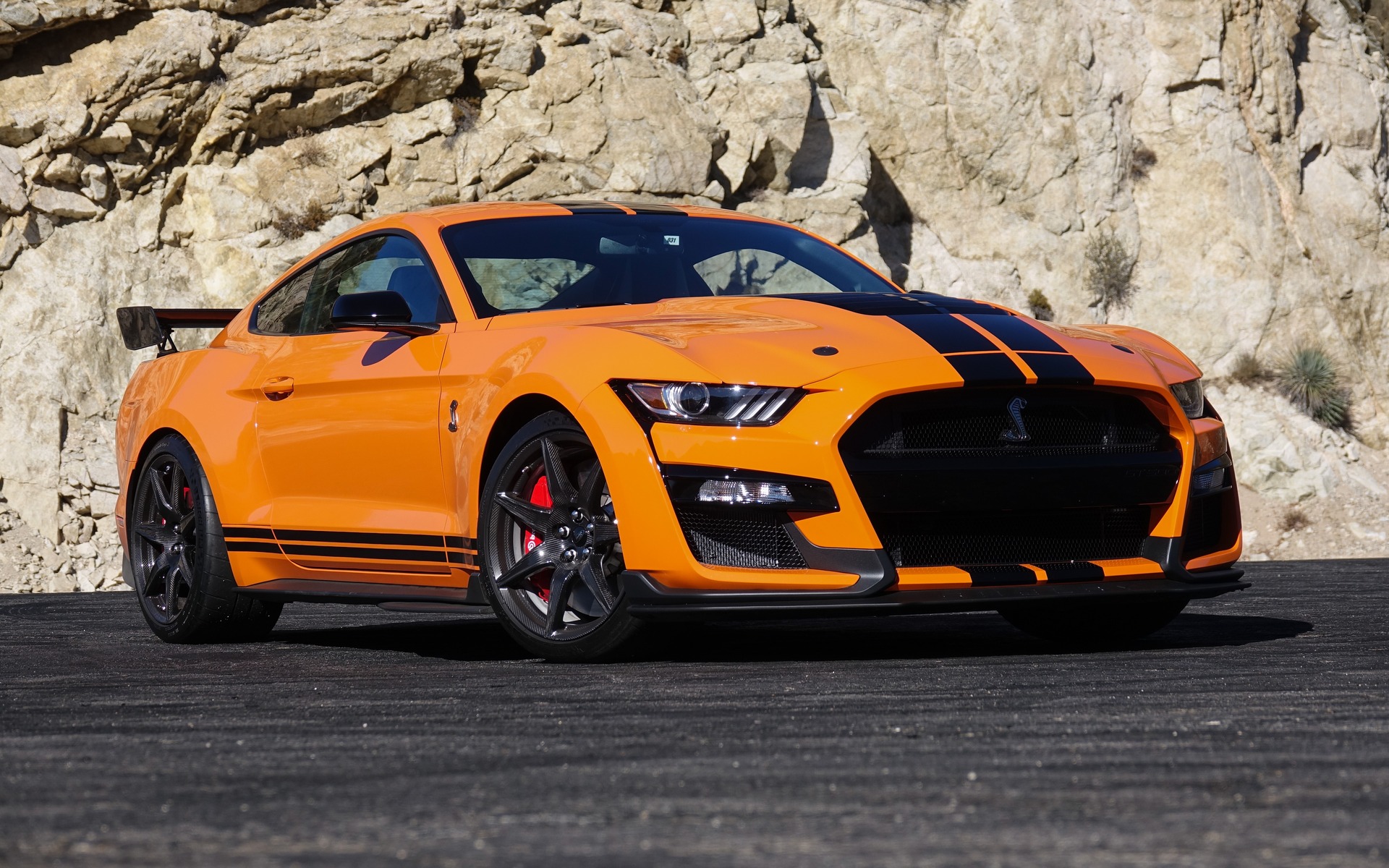
3. Ford Mustang Shelby GT350 (2015-2020)
The Ford Mustang Shelby GT350, produced between 2015 and 2020, is a modern muscle car that has rapidly become a sought-after collectible, with used prices rising steadily. The GT350 reintroduced enthusiasts to a Mustang with serious track credentials, blending raw power with precision handling.
Its 5.2-liter flat-plane crank V8 engine delivers a high-revving, exotic sound more commonly associated with European sports cars, setting it apart from the more common pushrod V8s found in other Mustangs. This unique engine character alone has made it a favorite among enthusiasts who crave an authentic driving experience.
Beyond the engine, the GT350 was designed with performance in mind, featuring upgraded suspension, brakes, and aerodynamic enhancements that enable it to compete with more expensive sports cars. The handling balance and chassis dynamics make it suitable for track days as well as spirited street driving. This dual-purpose capability increases its appeal, as it is not just a collector’s item but also a genuinely usable sports car.
Its limited production run and subsequent discontinuation have created scarcity, elevating demand. As Ford shifts its focus to newer Mustang models and the even more powerful GT500, the GT350 represents a unique snapshot in Mustang’s evolution, one that enthusiasts want to preserve. The car’s status as a modern classic has been cemented by positive critical reception and enthusiast acclaim.
Additionally, muscle car nostalgia has seen a resurgence in recent years, with collectors looking to capture iconic modern interpretations of the genre. The Shelby GT350 checks many boxes for these buyers, combining American muscle heritage with modern engineering and reliability. These factors have contributed to a steady climb in used prices, making the GT350 not just a driver’s car but an appreciating asset.
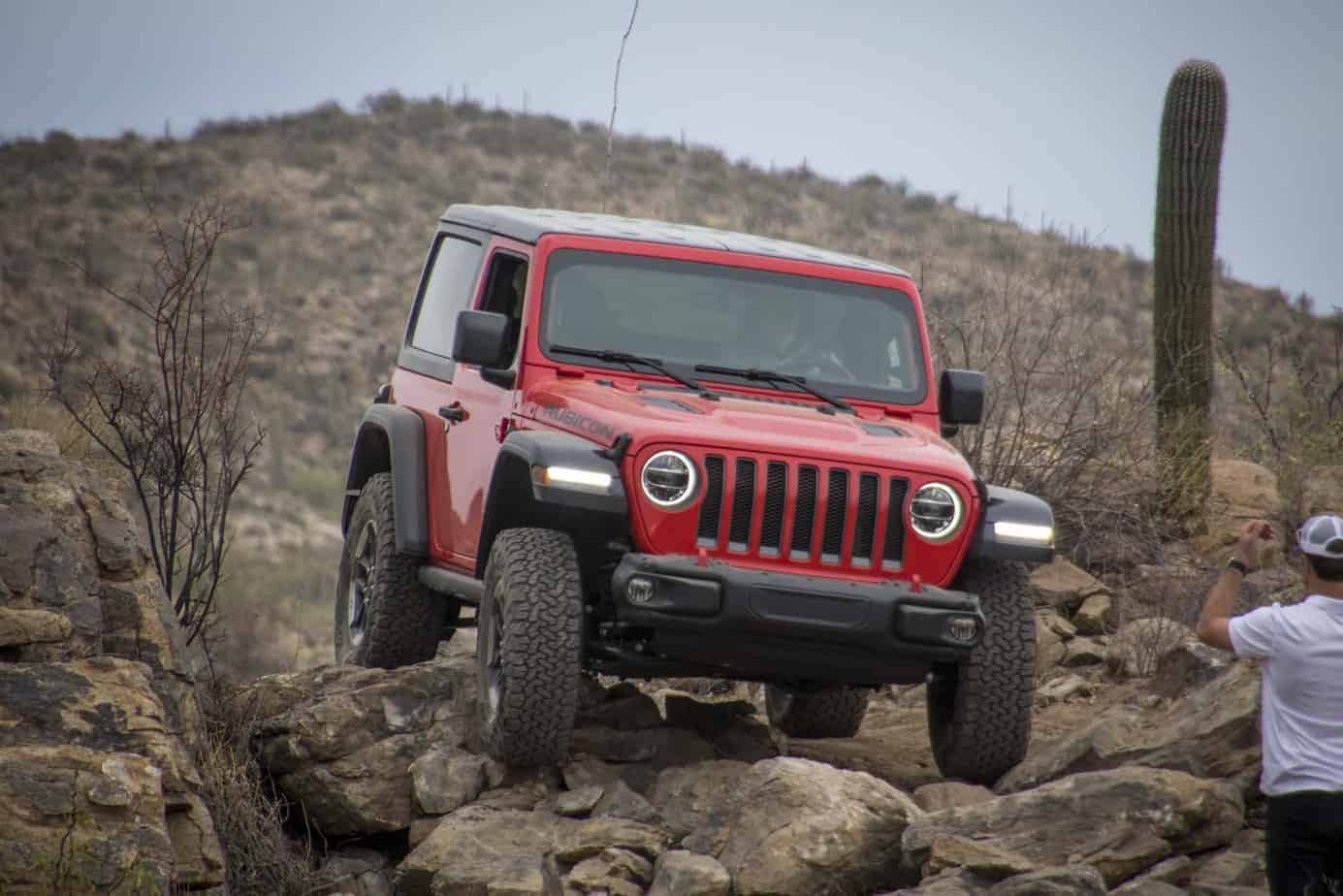
4. Jeep Wrangler (JL: 2018-Present)
The Jeep Wrangler JL, launched in 2018, continues the storied legacy of one of America’s most beloved off-road vehicles. Used pricing for this generation has seen an upward trend, driven largely by its loyal fan base and versatility. The Wrangler is more than just a vehicle; it’s a lifestyle symbol. Its rugged design and off-road prowess have made it a cultural icon, appealing to outdoor enthusiasts and city drivers alike.
One of the reasons the JL Wrangler holds value so well is its combination of tradition and modernity. Jeep managed to retain the classic boxy styling, removable doors, and fold-down windshield, all while improving comfort, technology, and safety features. This blend satisfies purists who want the classic Jeep experience alongside modern conveniences, making it highly desirable in the used market.
The Wrangler’s off-road capabilities are unmatched in its price range, and many buyers see it as a vehicle that holds its value because it’s not just about looks—it’s about real-world performance. Special editions and trims with advanced off-road equipment tend to appreciate even faster. The relatively limited production numbers compared to demand, especially for well-equipped models, help sustain strong resale prices.
Finally, the Wrangler’s reputation for longevity and durability further bolsters its used pricing. Owners often keep these vehicles for a long time, sometimes performing aftermarket upgrades that enhance their capabilities. The combination of a passionate community, a lifestyle brand image, and genuine off-road capability makes the JL Wrangler a standout in the SUV segment, with rising used prices reflecting its enduring appeal.

5. Tesla Model 3 (2017-Present)
The Tesla Model 3 is an outlier in the electric vehicle world, with its used pricing defying the typical rapid depreciation associated with EVs. Since its launch in 2017, the Model 3 has become one of the most popular electric cars globally, combining affordability, performance, and advanced technology in a package that appeals to a broad audience.
Unlike early EVs, which struggled with range anxiety and lack of infrastructure, the Model 3 benefits from Tesla’s expansive Supercharger network and impressive battery technology.
Used Model 3s retain their value well because Tesla continually improves the car through over-the-air software updates, effectively adding new features and improving performance after purchase. This unique aspect of Tesla ownership means a used Model 3 can be nearly as up-to-date as a new one, reducing the typical “used car” stigma of being outdated. Buyers recognize this value proposition, keeping demand high.
Furthermore, supply constraints and increasing new car prices have pushed many buyers toward used Teslas, particularly those seeking affordable entry into the EV market. The Model 3’s combination of strong safety ratings, brisk acceleration, and practical range makes it a compelling option for daily use, attracting both environmentally conscious consumers and tech enthusiasts.
As the world shifts toward electrification and government policies increasingly favor EVs, the Model 3 stands to benefit from these trends. Its rising used prices reflect both current demand and future expectations, making it one of the few electric cars whose resale value is appreciating rather than declining. This dynamic has changed perceptions around used EVs and positioned the Model 3 as a practical investment as well as a modern mobility solution.
5 That Are Crashing
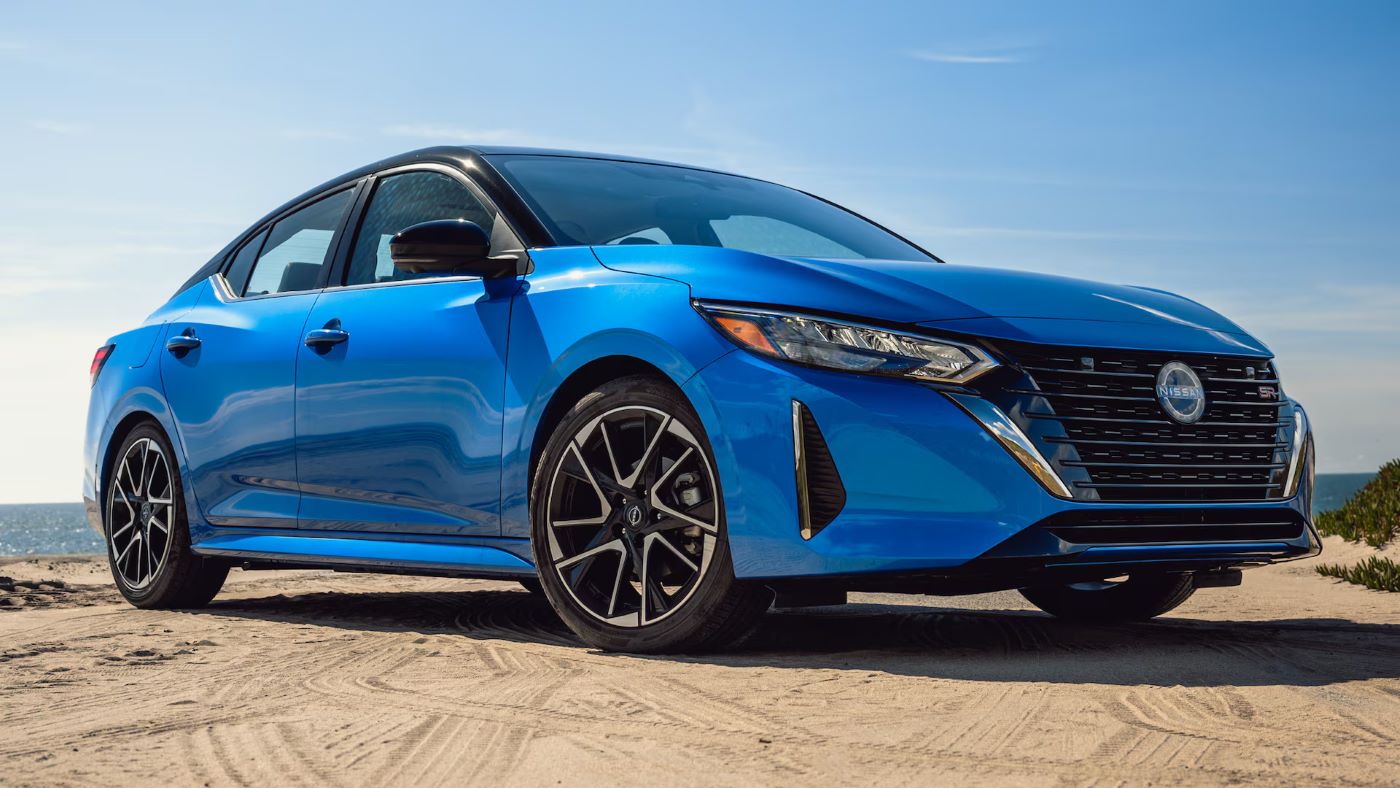
1. Nissan Sentra
The Nissan Sentra has long been positioned as a reliable, affordable compact sedan, often appealing to budget-conscious buyers seeking basic transportation. However, in recent years, used prices for newer Sentra models have been steadily declining, and several factors contribute to this trend.
Primarily, the broad shift in consumer preference away from sedans toward SUVs and crossovers has hit the Sentra hard. Buyers now prioritize higher seating positions, perceived safety benefits, and greater cargo space, all features that traditional compact sedans like the Sentra struggle to offer. This shift means fewer buyers are interested in these vehicles on the used market, causing values to erode.
Moreover, the Sentra’s recent redesigns, while improving comfort and safety, have been criticized for uninspiring driving dynamics and bland styling compared to competitors. In a segment where buyers often seek a blend of practicality and personality, the Sentra’s lack of excitement has made it less desirable.
This challenge is compounded by fierce competition from newer, more fuel-efficient compact cars and crossovers that offer advanced infotainment and driver assistance features. The Sentra’s relative lack of these features further dampens demand.
Additionally, the Nissan Sentra faces an oversupply issue in the used market. Because Nissan produced large volumes of Sentras, there is a plentiful supply of used models. Many owners hold onto these vehicles for years, resulting in a high number of them entering the used market simultaneously.
This glut puts downward pressure on prices. Coupled with depreciation curves accelerated by the above factors, the Sentra’s used value continues to plunge, making it a challenging proposition for sellers and less appealing for buyers concerned about resale value.
Lastly, the Sentra’s reputation for reliability is decent but not exceptional compared to segment leaders. While it doesn’t suffer from major reliability scandals, it also lacks standout qualities that could boost resale prices. The absence of a “halo” feature—whether performance, luxury, or technology—means it’s perceived as a utilitarian choice rather than an aspirational one. This combination of factors cements the Sentra’s position as one of the used cars experiencing significant price declines.

2. Ford Fusion (2013-2020)
The Ford Fusion was once a shining star in the midsize sedan market, praised for its sharp handling, comfortable interior, and a range of efficient engine options. However, its used pricing has declined sharply in recent years, reflecting a combination of market shifts and model-specific challenges.
The primary reason for its depreciation is Ford’s strategic decision to discontinue the Fusion in 2020 as part of its broader pivot away from traditional sedans and toward SUVs, trucks, and crossovers. This discontinuation left the Fusion without the backing of ongoing development or marketing support, diminishing consumer confidence in its long-term viability.
In addition to discontinuation woes, the Fusion’s reputation suffered due to reliability concerns, especially with some engine and transmission variants. Reports of transmission issues in certain models, as well as problems with the hybrid system in Fusion Energi variants, have eroded buyer confidence.
Potential used car buyers often view these issues as costly repairs waiting to happen, leading to greater depreciation. This perception is exacerbated by the availability of more reliable and practical alternatives in the midsize segment.
The Fusion’s styling, while contemporary during its prime, now looks dated compared to sleeker, more modern midsize sedans and crossovers. Consumers increasingly favor vehicles with cutting-edge technology and premium features, areas where the Fusion lagged behind newer rivals. Furthermore, the midsize sedan segment itself is shrinking rapidly as SUVs take a larger share of the market, decreasing demand for all sedan models, including the Fusion.
Finally, the Fusion suffers from an oversaturated used market, with many off-lease and trade-in vehicles competing for buyers. This surplus depresses prices further, particularly for higher mileage or older model years. For those looking to resell a Fusion, these market conditions mean steep losses, while buyers can often find these vehicles at bargain prices, reflecting their depreciating value.
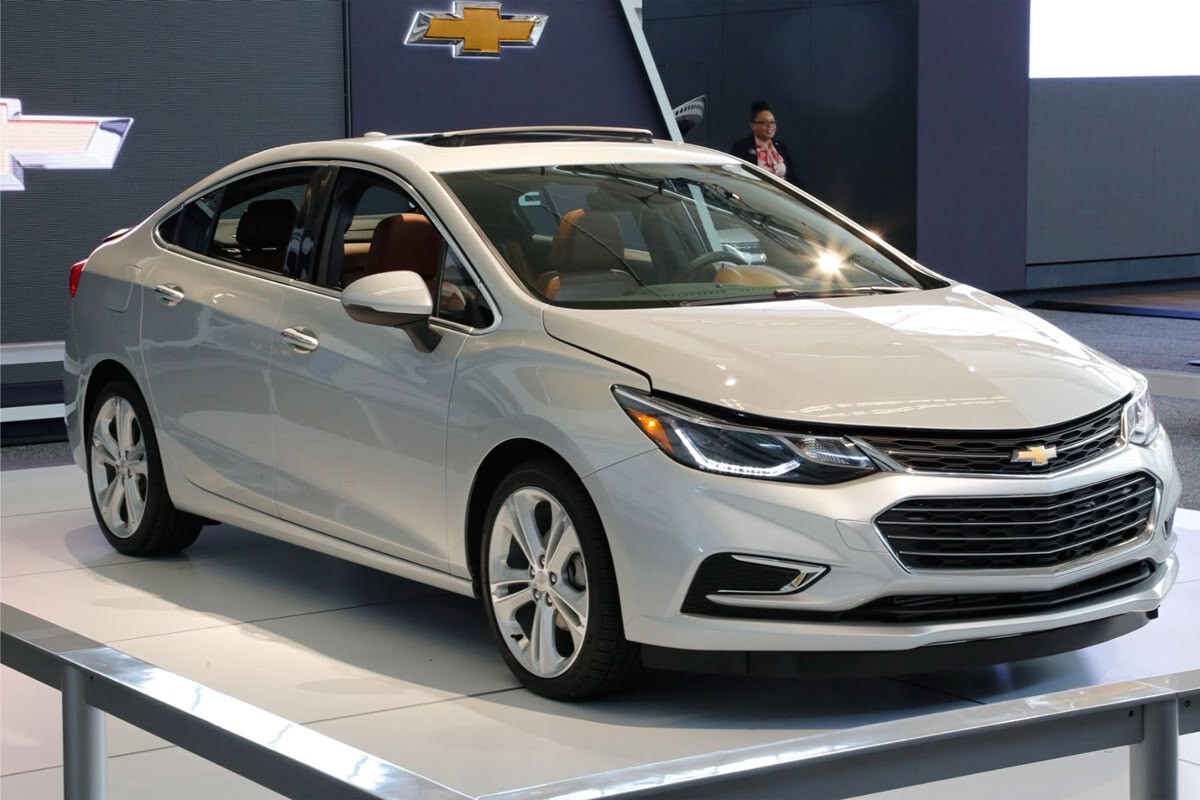
3. Chevrolet Cruze (2011-2019)
The Chevrolet Cruze’s used car pricing has seen a notable decline over the past several years, influenced heavily by shifting market dynamics and product lifecycle factors. Introduced as a compact sedan that promised fuel efficiency, affordability, and modern features, the Cruze initially garnered positive reviews and strong sales. However, as the compact sedan market evolved and SUVs gained dominance, the Cruze lost ground rapidly.
One of the key issues behind the Cruze’s depreciation is its discontinuation in 2019, leaving it without future iterations or ongoing updates. Without continued manufacturer support and new model releases, the vehicle loses appeal among buyers who prefer current technology, styling, and warranty coverage. This lack of freshness contributes to falling prices in the used market.
Additionally, the Cruze has been criticized for reliability concerns, particularly with turbocharged engines and certain electrical systems. These issues lead to higher ownership costs, scaring off potential buyers and accelerating depreciation. Reports of expensive repairs and inconsistent build quality have tarnished the model’s reputation, further eroding demand.
Like other sedans in its class, the Cruze has also suffered from the SUV and crossover boom. Buyers now prefer vehicles with higher ground clearance, more cargo space, and perceived safety advantages, leaving compact sedans like the Cruze behind. The shift in consumer preferences has created an oversupply of compact sedans in the used market, which pushes prices down.
Finally, styling and interior quality also played a role. While the Cruze was competitive at launch, later model years didn’t keep pace with rivals offering more premium cabins and modern infotainment. This stagnation has made the Cruze less appealing, particularly to younger buyers who prioritize tech and style. Consequently, the Cruze has become one of the used cars with the steepest price drops in recent years.
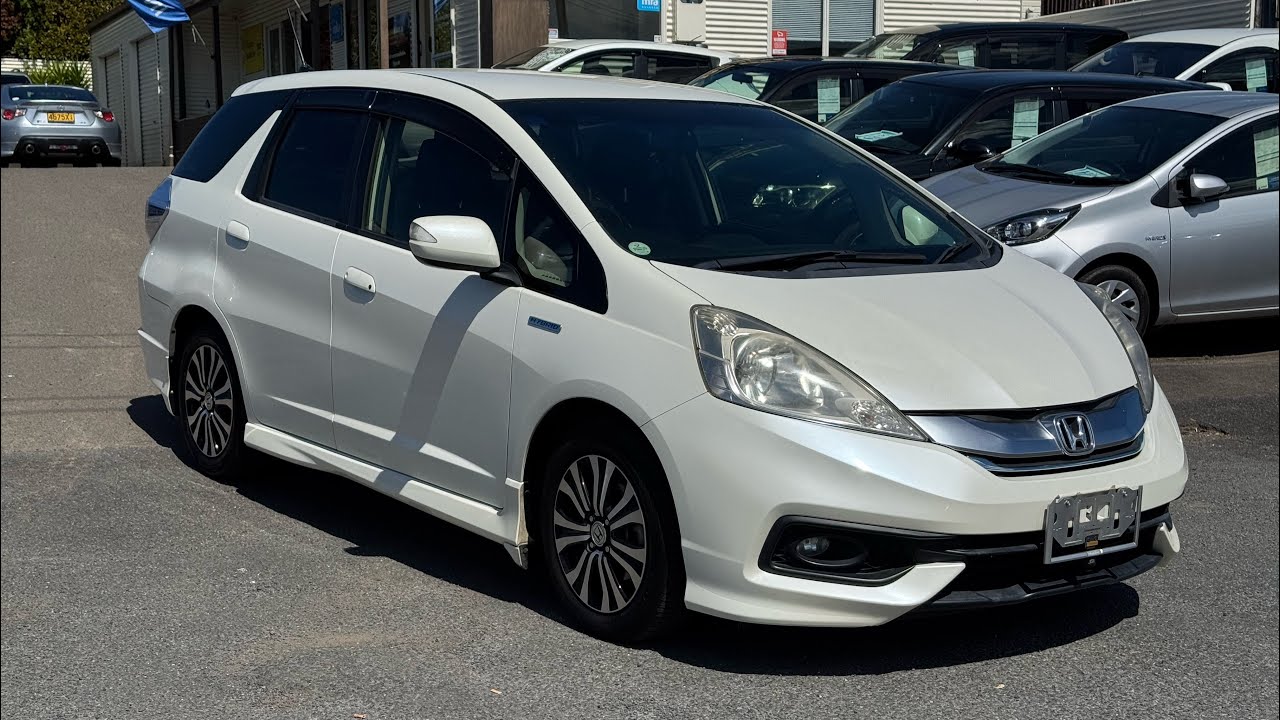
4. Honda Fit (2015-2020, US Market)
The Honda Fit has long been lauded as a smartly designed, reliable subcompact car that offers impressive interior space and excellent fuel economy. Despite these strengths, the Fit’s used prices in the U.S. market have fallen significantly, largely because Honda discontinued the model in the U.S. after 2020. This decision dramatically reduced new supply and dealer support, which in turn diminished consumer confidence in the car’s long-term viability.
Consumer tastes have also shifted away from subcompact hatchbacks toward subcompact and compact crossovers, which offer more versatility and a perceived higher value. The Fit, despite its excellent packaging, is now seen as a niche vehicle in a segment that is shrinking rapidly. Its boxy design, while functional, doesn’t have broad mainstream appeal in today’s market, contributing to falling demand.
Moreover, while the Fit is known for reliability, buyers are increasingly looking for vehicles with advanced safety features and connectivity options. The Fit’s earlier models lack many of these tech amenities, and while newer models have made strides, the model overall has not kept pace with market expectations. This relative lack of technology diminishes its resale appeal compared to newer competitors.
Lastly, the used market for the Fit has been flooded with units due to its popularity as a practical commuter car, increasing supply and pushing prices down. Combined with limited new availability in the U.S., this oversupply has caused depreciation rates to spike. Although the Fit remains popular in other global markets, its used price crash in the U.S. serves as a cautionary tale about how discontinuation and shifting trends can erode a car’s value quickly.
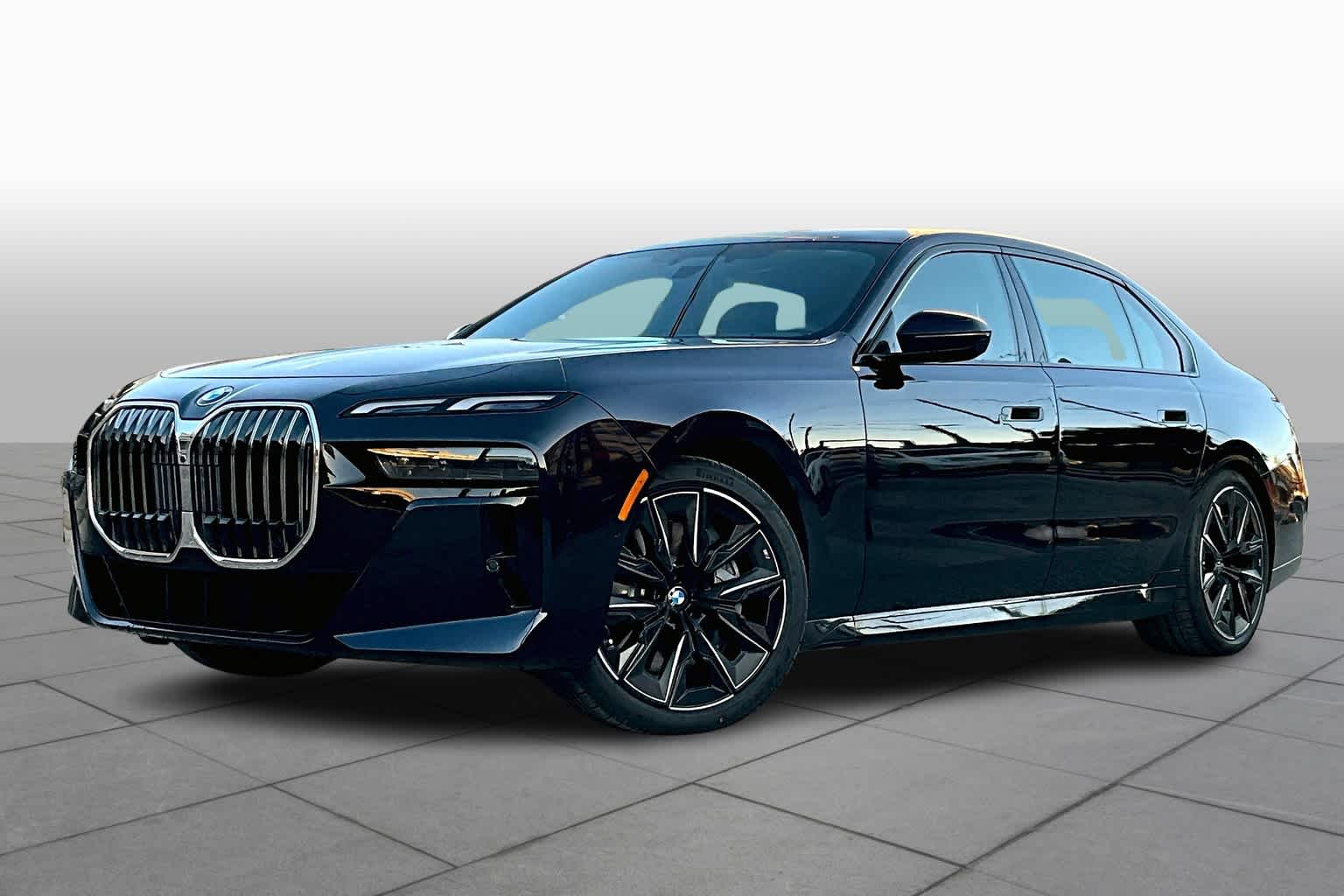
5. BMW 7 Series (Older Models, pre-2015)
The BMW 7 Series, particularly older models produced before 2015, represents a category of luxury sedans that depreciate sharply after purchase. Despite its status as BMW’s flagship sedan, loaded with advanced technology, sumptuous interiors, and powerful engines, the 7 Series faces several challenges in retaining value. High maintenance and repair costs are primary contributors to steep depreciation. Unlike smaller, less complex vehicles, older 7 Series models often require costly upkeep, including specialized parts and labor-intensive service, which deters many potential buyers in the used market.
Another significant factor contributing to the 7 Series’ price crash is the dramatic shift in consumer preferences toward luxury SUVs and crossovers. Models such as the BMW X7 and Mercedes-Benz GLS have eroded demand for full-size luxury sedans. Buyers increasingly prioritize the versatility, higher driving position, and perceived safety benefits of SUVs, leading to an oversupply of large sedans like the 7 Series in the used market.
The complexity of the 7 Series’ electronics and features, once a selling point, now works against it. As these vehicles age, electronics can become unreliable or expensive to fix, creating a negative perception among buyers. This has a direct impact on resale prices, as potential owners factor in future repair costs.
Finally, the 7 Series’ rapid depreciation makes it attractive for bargain hunters and enthusiasts who want luxury at a discount, but this buyer pool is limited compared to mass-market sedans or SUVs. As a result, used 7 Series prices continue to fall steeply, especially for higher mileage or older model years. While these cars offer luxury and performance, their declining used values serve as a reminder of the risks involved in purchasing older, high-end luxury vehicles.
Also Read: 5 Cars With Best Remote-Start Systems And 5 With Frustrating Key Fobs
The contrast between cars with rising used prices and those whose values are crashing underscores the nuanced and multifaceted nature of the automotive market. It is clear that not all vehicles age—or depreciate—the same way, and their trajectories often reflect a complex interplay of design, technology, cultural significance, and market forces.
Cars like the Toyota Supra, Porsche 911, and Ford Mustang Shelby GT350 demonstrate that engineering excellence, scarcity, and emotional appeal can combine to create vehicles whose desirability and value appreciate over time. These models have transcended their utilitarian roots to become symbols of aspiration, performance, and heritage, driving sustained demand even decades after their initial release.
The case of the Jeep Wrangler JL and Tesla Model 3 highlights how lifestyle appeal and technological innovation can preserve or increase value in contemporary models. The Wrangler’s rugged, go-anywhere ethos resonates deeply with enthusiasts and outdoor adventurers, creating a loyal following and stable market for used examples.
Meanwhile, Tesla’s Model 3 challenges traditional depreciation models for electric vehicles, showing that software updates and infrastructure investments can sustain value in a rapidly evolving segment. These examples prove that future-proofing through innovation and community engagement plays an essential role in value retention.
On the flip side, the steep depreciation experienced by models like the Nissan Sentra, Ford Fusion, and Chevrolet Cruze reflects broader market shifts and specific product challenges. The rise of SUVs and crossovers has fundamentally changed consumer preferences, leaving many sedans stranded in a shrinking market segment.
Reliability concerns, technological obsolescence, and brand strategies like discontinuation also accelerate depreciation, creating oversupply and reducing demand for these vehicles. Even well-regarded models like the Honda Fit have not been immune to these forces, as their niche appeal and discontinuation in key markets undermine resale values.
Luxury sedans like older BMW 7 Series models illustrate another critical factor: high ownership costs. While these vehicles offer unmatched comfort and technology at purchase, the expense of maintenance and repair over time scares off many potential buyers.
The shift toward luxury SUVs further diminishes demand, accelerating depreciation. This dynamic reveals a cautionary tale for buyers and owners of high-end luxury vehicles, emphasizing the importance of considering long-term costs alongside initial purchase price and prestige.
Ultimately, the diverging paths of these ten vehicles highlight that car value is far from static; it is shaped by evolving tastes, innovation, scarcity, and economic realities. Buyers and sellers must look beyond sticker prices and initial impressions to understand what drives demand in the used market.
Models with strong communities, cultural resonance, and timeless appeal tend to maintain or increase value, while those caught in fading trends or plagued by reliability and technology gaps face harsher depreciation.
For enthusiasts and collectors, these trends offer a roadmap for identifying future classics or undervalued gems. For everyday buyers, understanding these forces can guide smarter purchases that minimize depreciation costs and maximize long-term satisfaction. Dealers and investors, too, benefit from grasping these patterns, enabling better inventory decisions and market forecasting.
As the automotive industry continues to evolve, shaped by electrification, autonomous driving, and changing lifestyles, the factors influencing used car values will also shift. New icons will emerge, and old favorites may fade further. Navigating this dynamic landscape requires a keen understanding of not just cars themselves but also the broader cultural and economic forces at work.
In conclusion, the stories of cars with rising used prices and those with crashing values remind us that automobiles are more than machines; they are cultural artifacts, technological achievements, and economic assets. Their worth fluctuates with changing times, reflecting who we are, what we value, and where we are headed.
Whether chasing the thrill of a legendary sports car, the rugged freedom of an off-road icon, or the practicality of everyday transportation, understanding these market dynamics empowers better decisions and enriches our relationship with the vehicles we drive and cherish.

